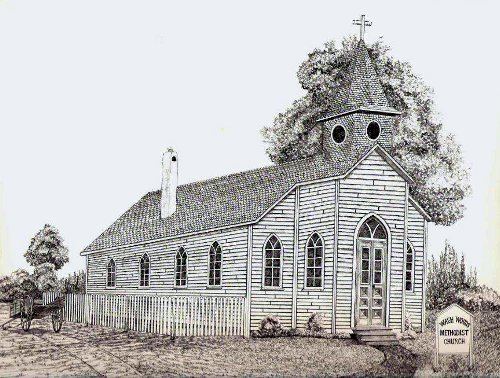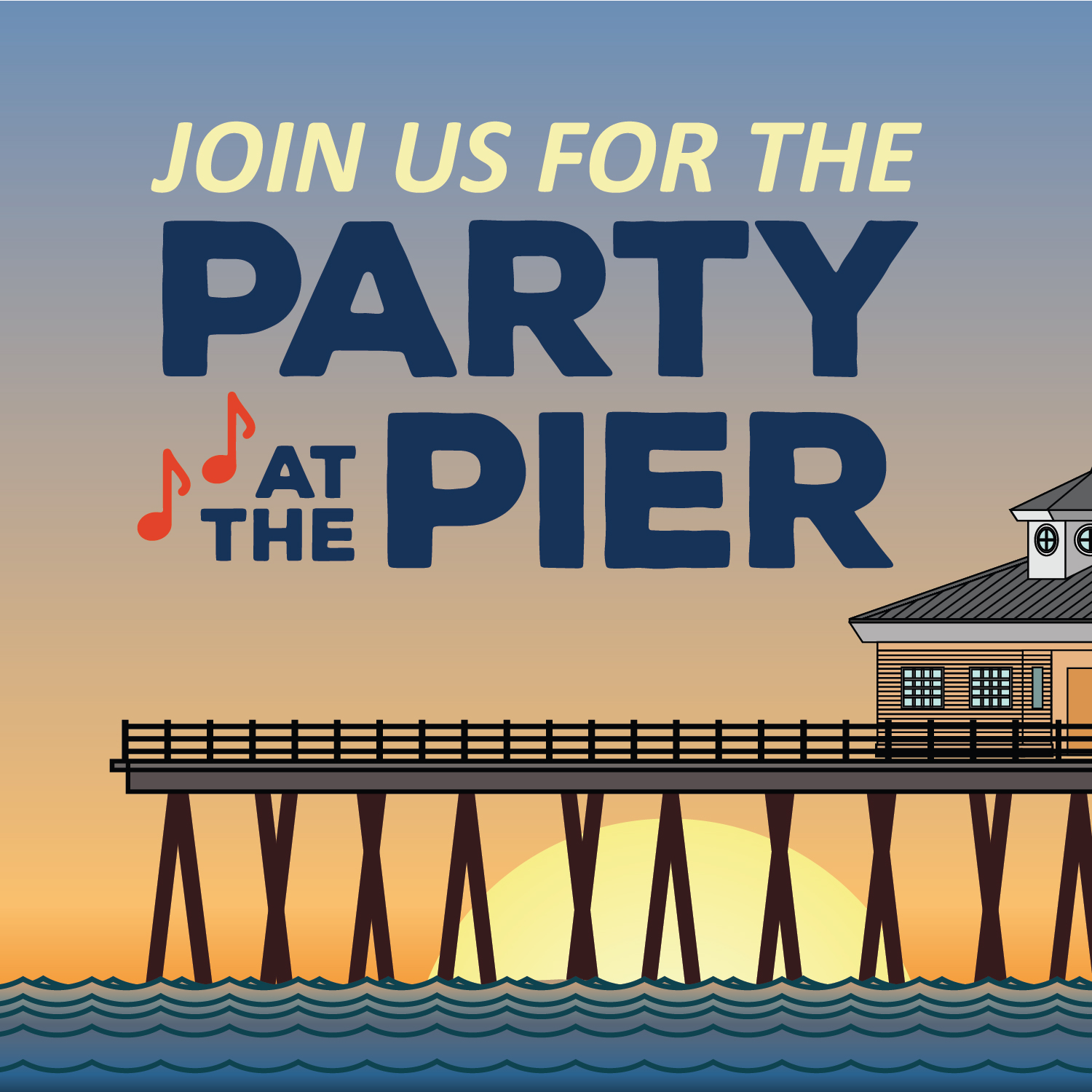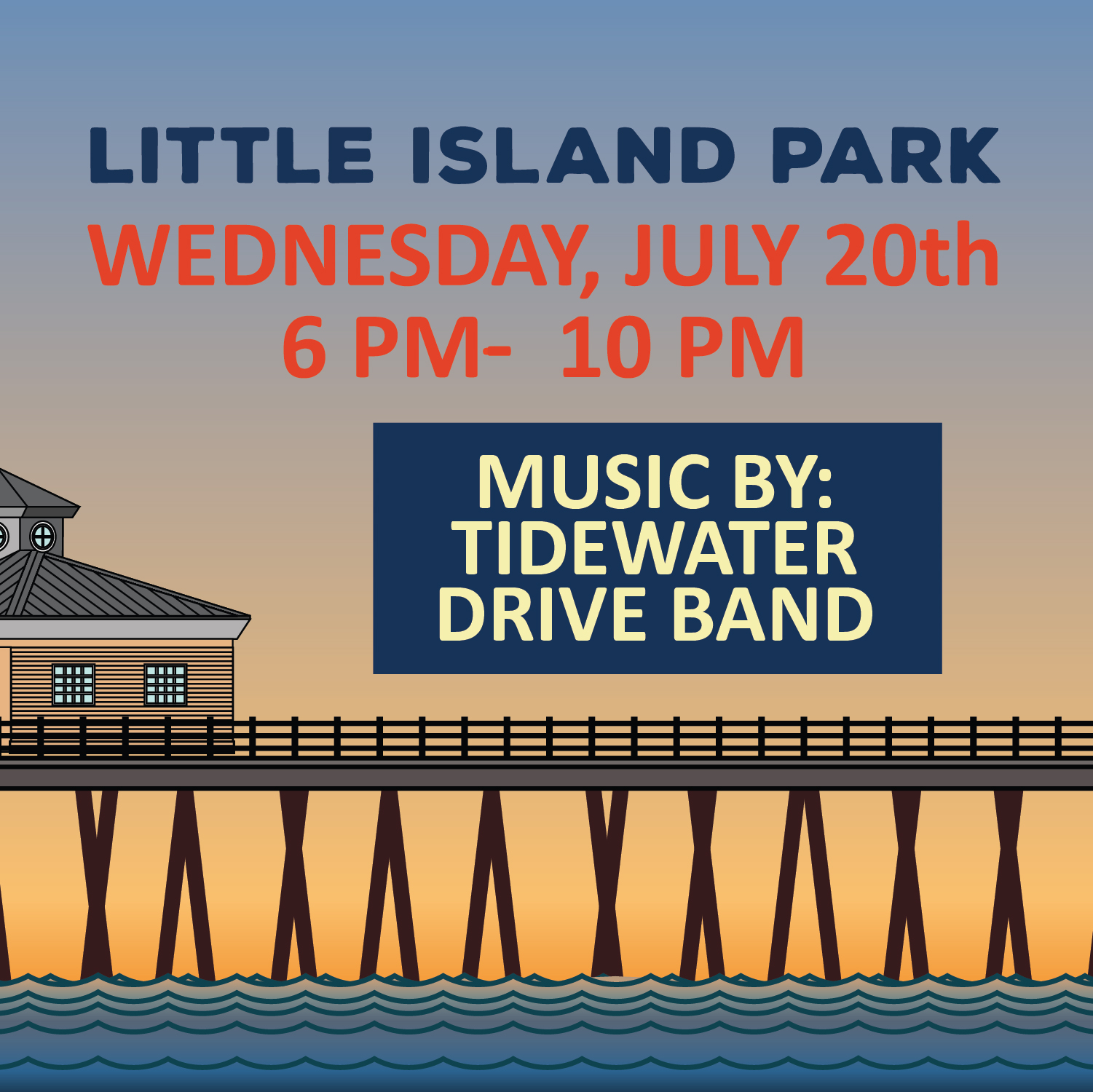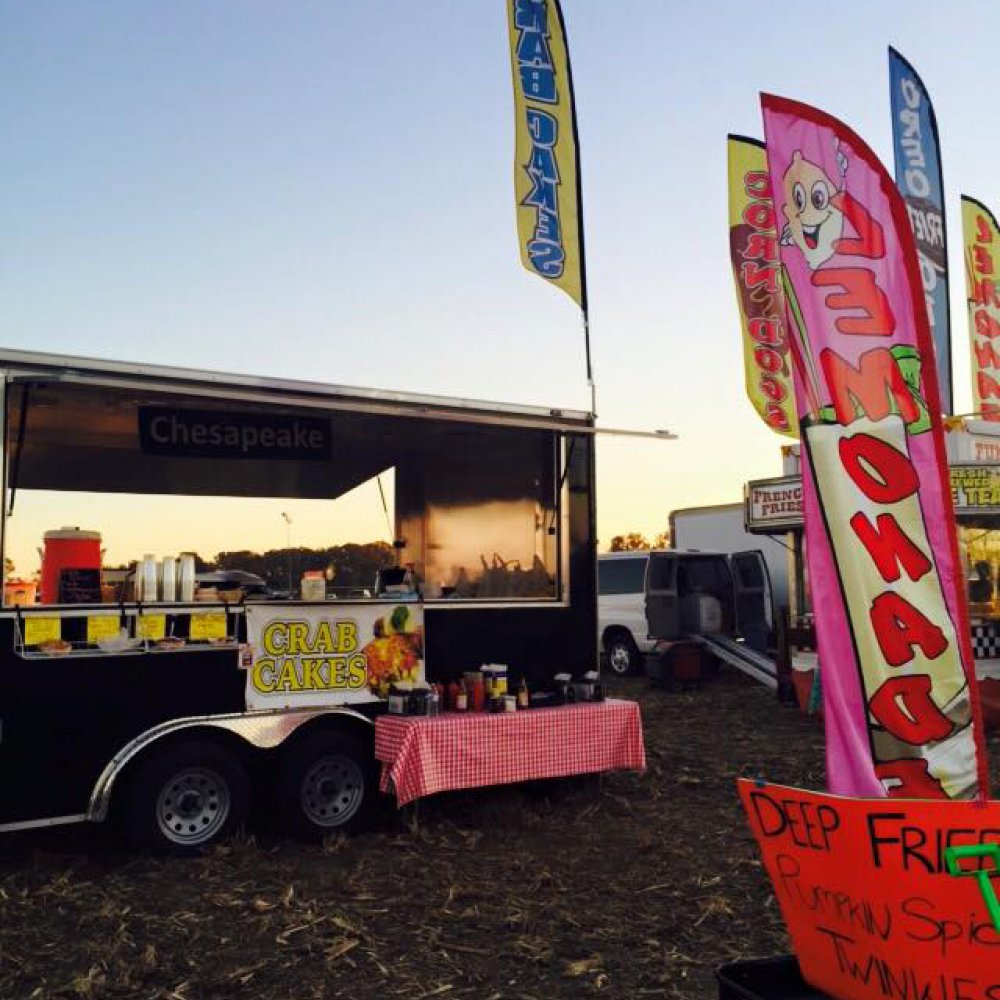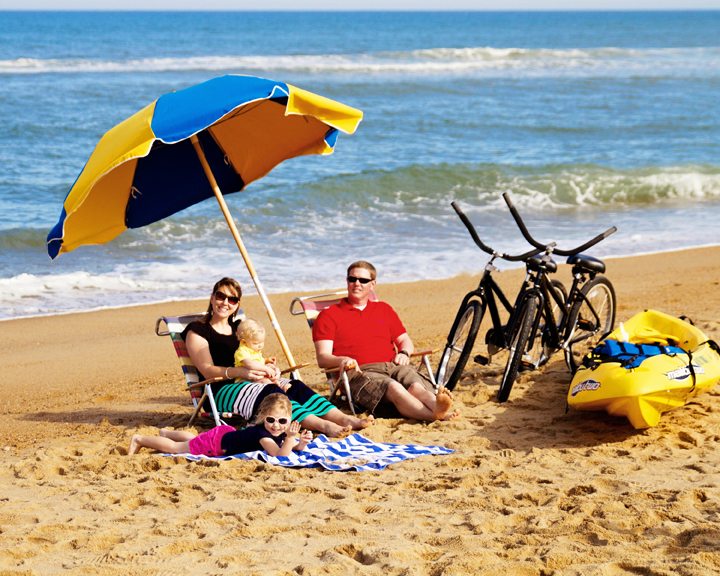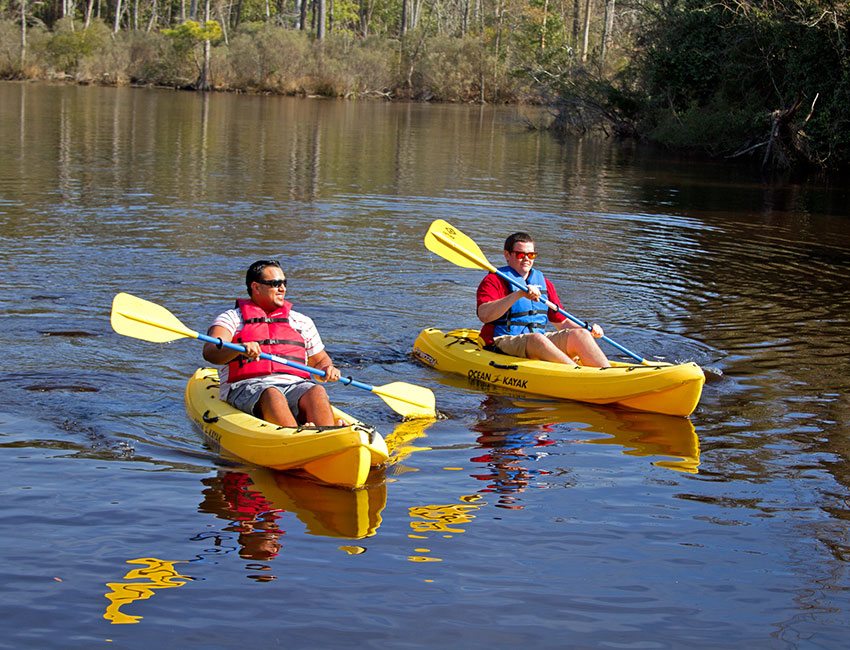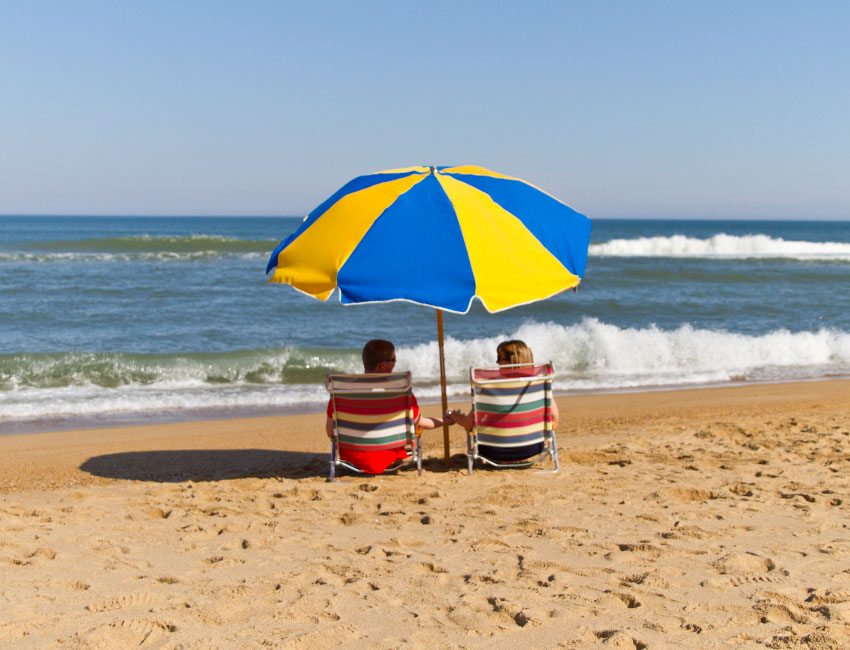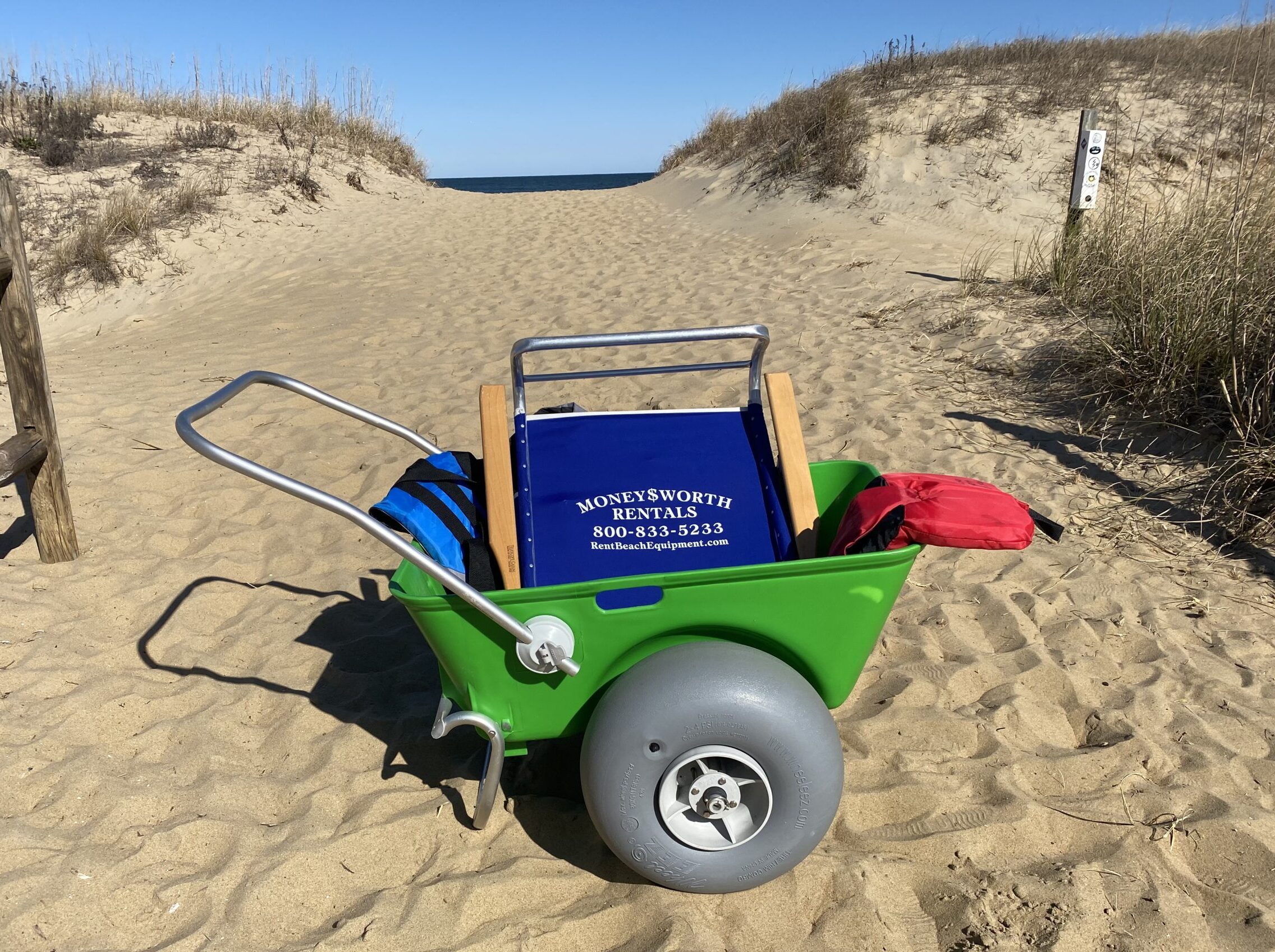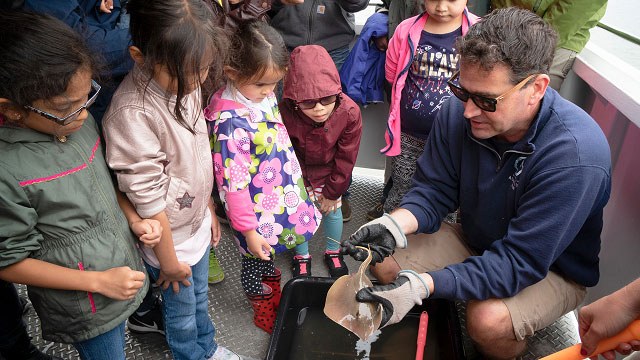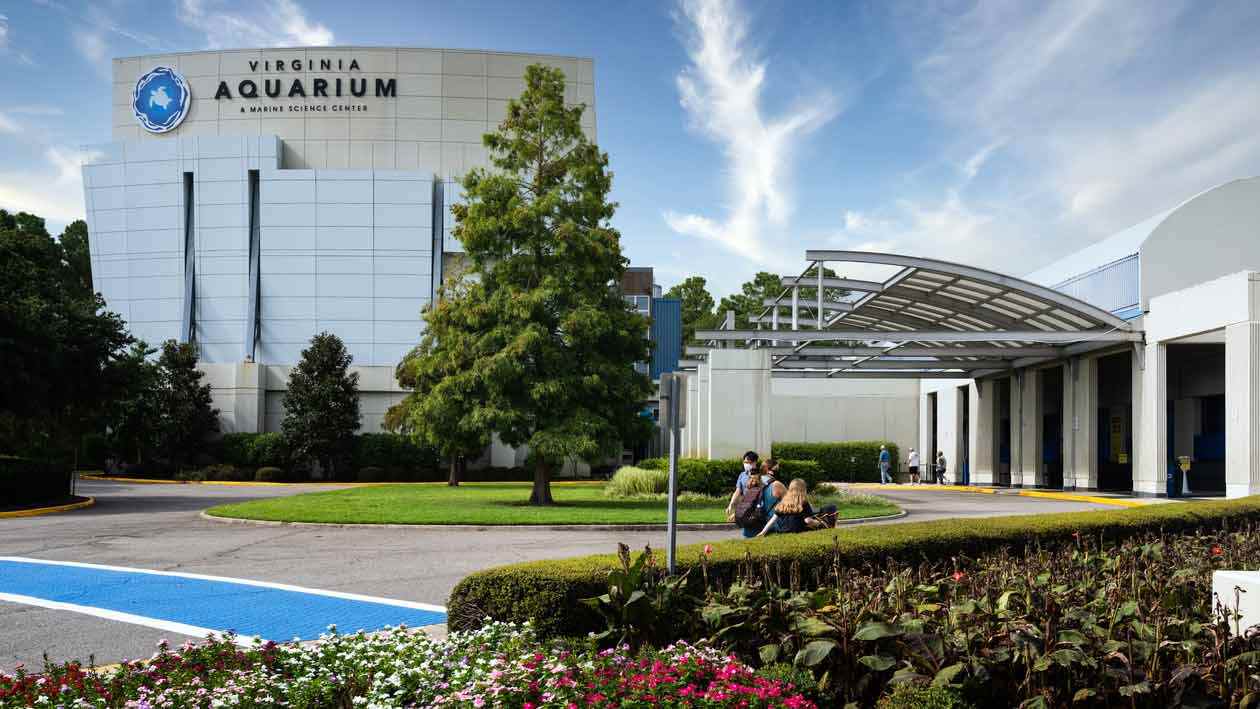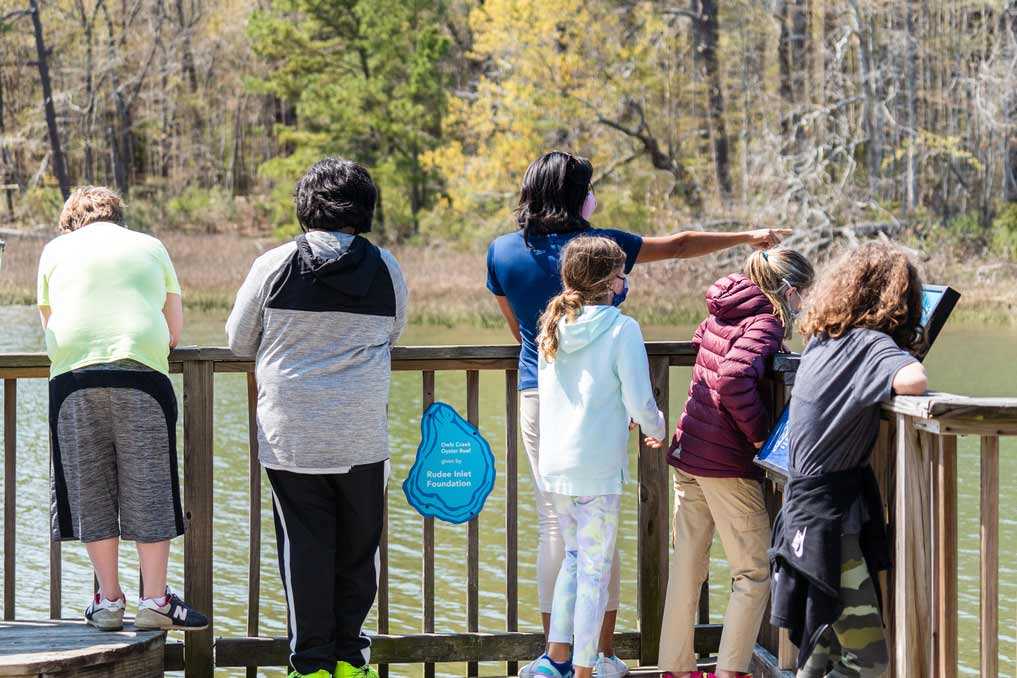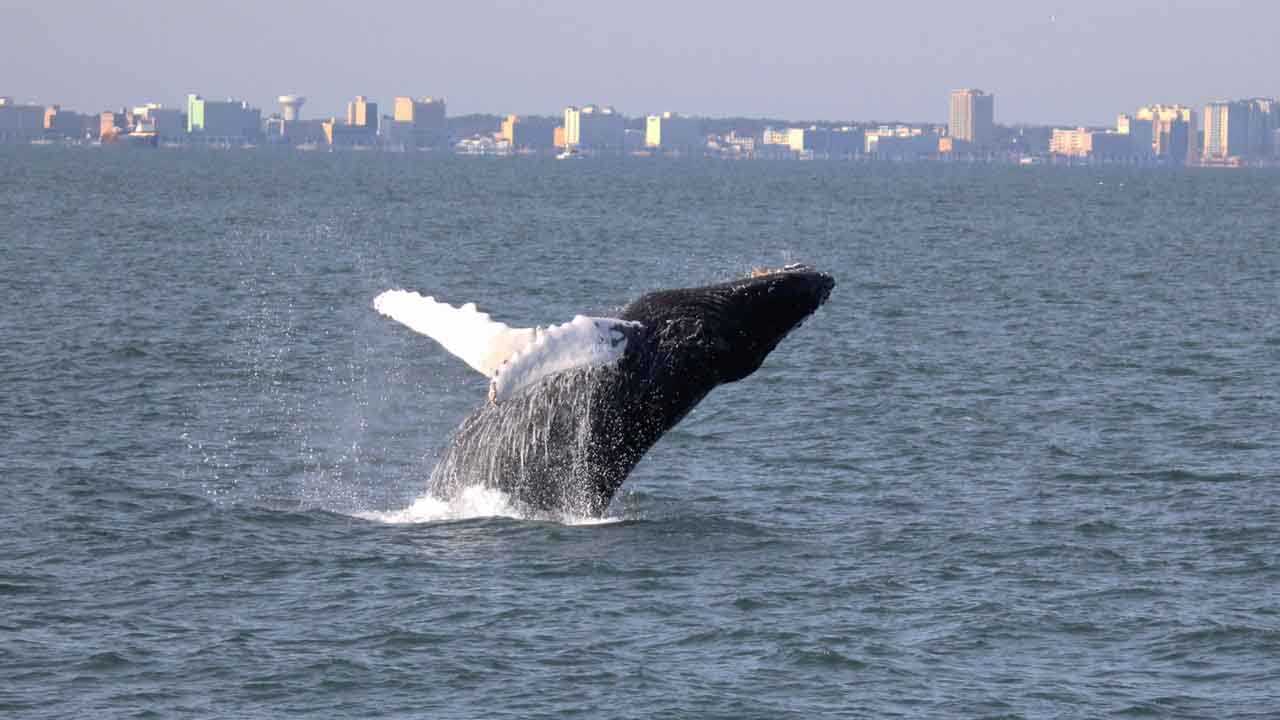Historic Wash Woods Settlement
Around the turn of the 20th century, survivors of a shipwreck waded through the surf and onto the uninhabited shores of a sliver of land nestled between the Atlantic Ocean and Back Bay. Those who decided to stay collected cypress wood from a schooner which ran aground and broke apart and began the construction of a settlement aptly named Wash Woods.
The largest population of Wash Woods is estimated to have been around 300 people. At its peak, the settlement housed a U.S. Life Saving Service Station (shortly thereafter replaced by a US Coast Guard station), two churches, a grocery market, and a schoolhouse. The ocean and bay were the heart of the Wash Woods community with most of the residents working as fishermen, farmers, hunting guides, or manning the Wash Woods Life Saving Station. Houses and community buildings were constructed from cypress wood which washed ashore from an 1895 shipwreck in which a schooner ran aground and broke apart.
The future of Wash Woods was determined by the very weather which brought its first residents and lumber to its shores and consequently led to its establishment. Intense storms and repeated flooding pushed the community members to abandon the Wash Woods settlement—the last of the Wash Woods residents left the area in the 1930s. However, the Wash Woods Life Saving Station remained operational until the mid-1950s.
The cemetery and the remnants of the Wash Woods church remain tucked beneath the live oaks of what was once a lively coastal community, in the existing property of False Cape State Park which honors the strong men and women who made a living from the sea. To step back into history, visitors can bike or hike from the Back Bay Wildlife Refuge between sunrise and sunset daily. Visit False Cape State Park for more information on hiking trails and tram tours.
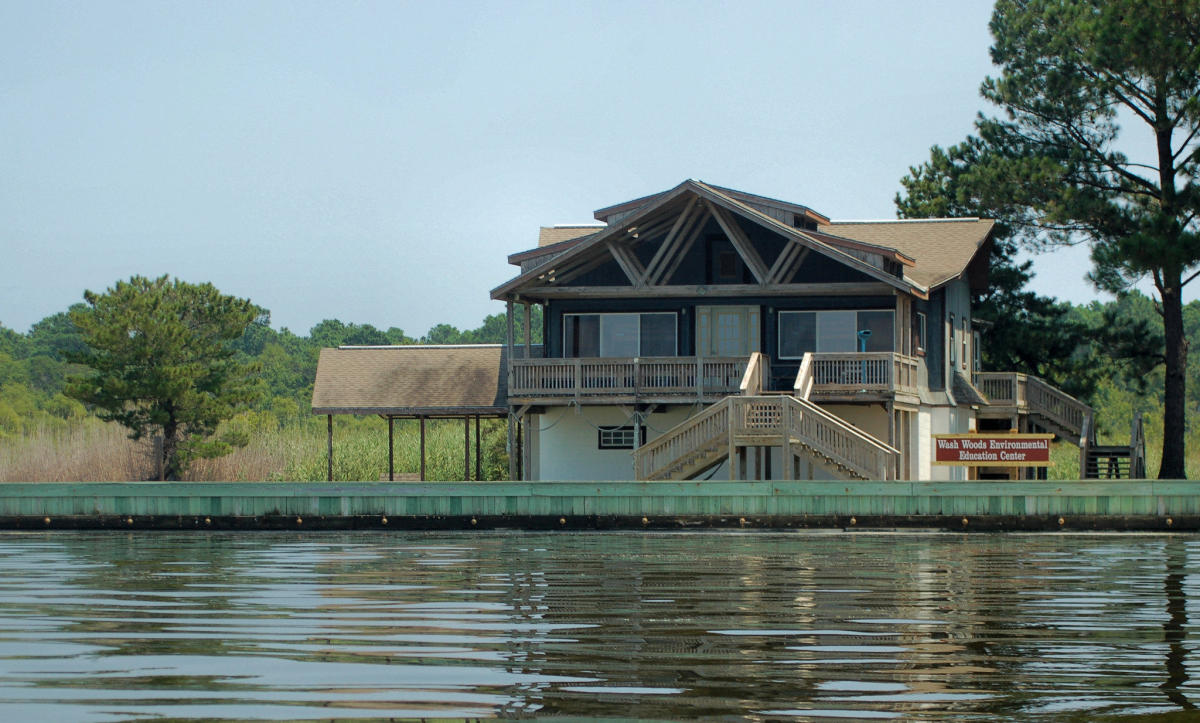
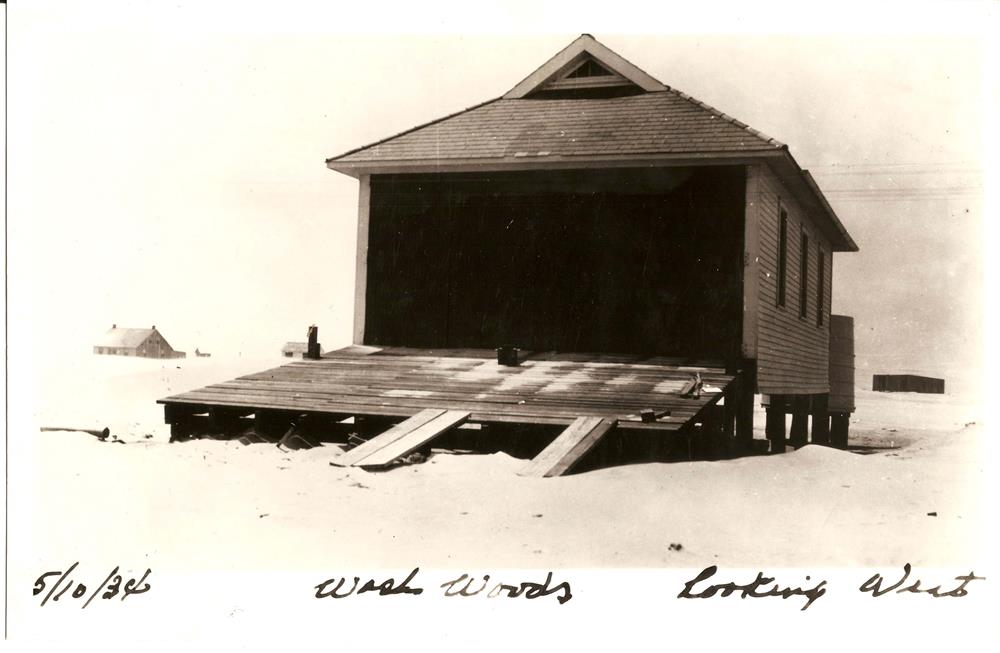
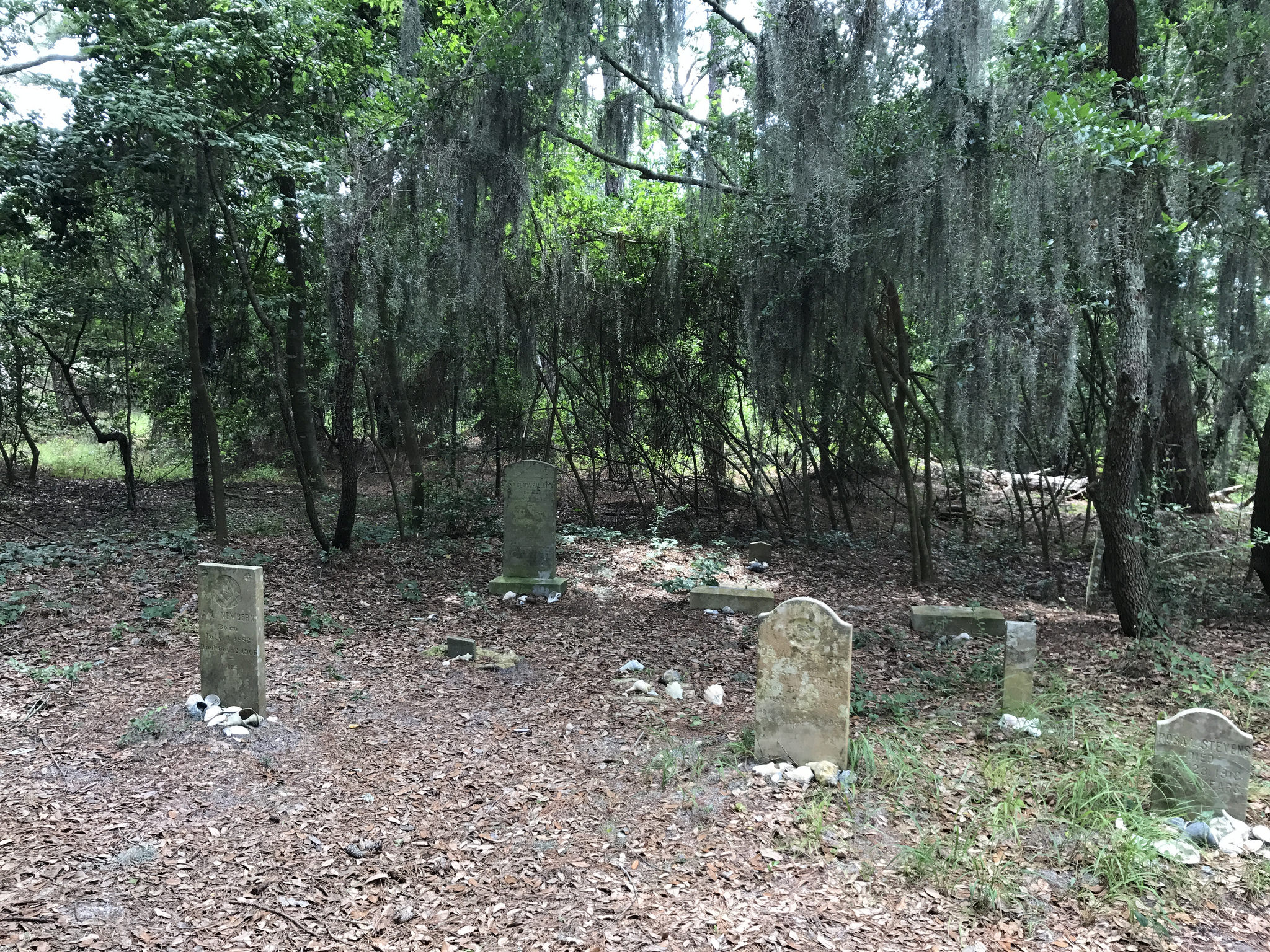
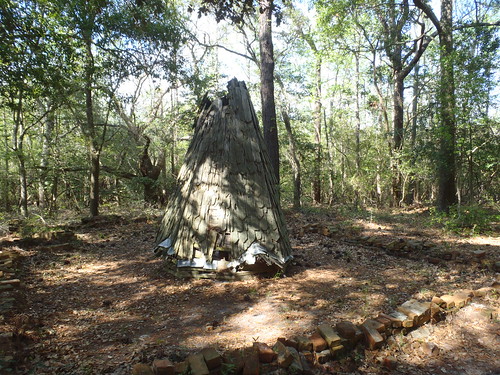
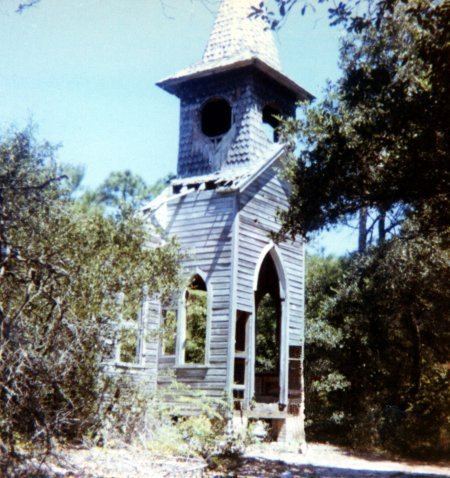
Photos from the Virginia Department of Conservation and Recreation.


